Building with earth can be beautiful, especially when viewed through the lens of Sicilian photographer Giusi Cosentino. We featured her work once before in the aftermath of the Egyptian revolution. One of her most renowned images depicts a veiled woman holding a used canister of tear gas – a particularly lethal brand of which was used against protestors.
Now the talented photographer has sent a new series of images depicting the traditional builders of Siwa. Tucked away in the northwest corner of Egypt, this oasis just 100 km from the border of Libya has a long tradition of building with kerchief, an affordable and widely accessible material composed of sun-dried salt, mud and sand. Although neglected for some years, this construction style has made a resurgence of late, and Giusi captured its essence on film.
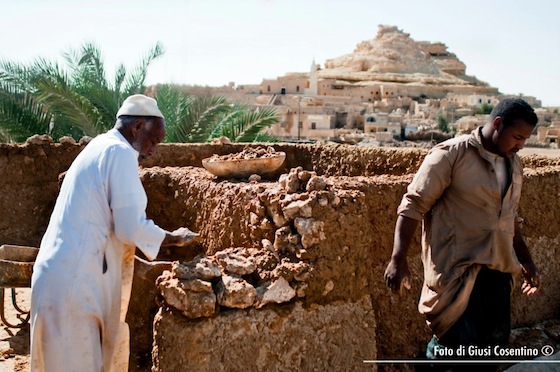 “When you arrive in Siwa, you get the feeling of reliving the past – a completely different era than our own,” writes Cosentino, who is currently working in Sicily after a short assignment in Cairo. “The difference in the local population’s way of life is immediately visible in their social habits, in their work, and in this case their methods of construction.”
“When you arrive in Siwa, you get the feeling of reliving the past – a completely different era than our own,” writes Cosentino, who is currently working in Sicily after a short assignment in Cairo. “The difference in the local population’s way of life is immediately visible in their social habits, in their work, and in this case their methods of construction.”
“The unique mud houses immediately capture your attention after arriving in the oasis, along with the harmony that exists between native homes and the surrounding natural environment,” she continues. In addition to blending into the landscape, kerchief houses are significantly cooler than contemporary homes built of concrete, for example.
“I had an opportunity to take some photos during the construction of a dwelling. It is my hope that through this series of images called The House of Siwa I can demonstrate the remarkable dedication and skill of the local craftsmen, hands full of mud under the hard sun, body and nature working in harmony.”
“The interesting thing for me was the special technique of building. Using only simple earthen materials, the skilled artisans created masterpieces of architecture. This work and good will are the hallmarks of this small population. In all of its simplicity, Siwa is a magical place with wonderful people.”

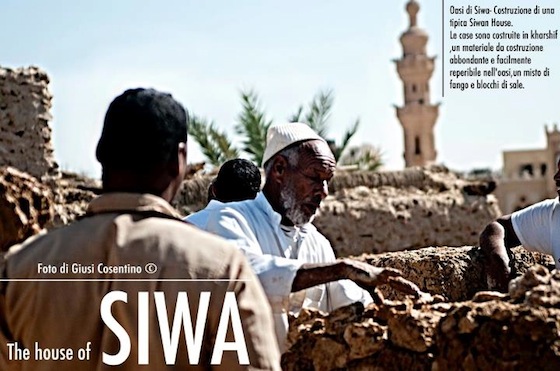

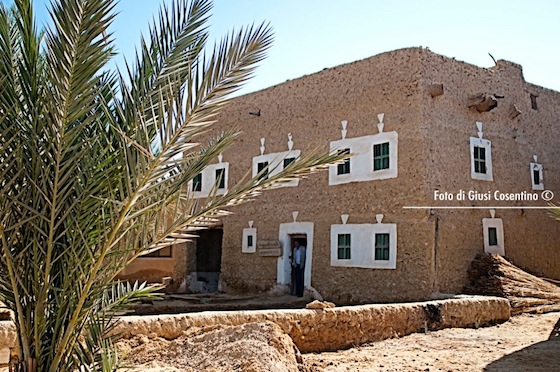
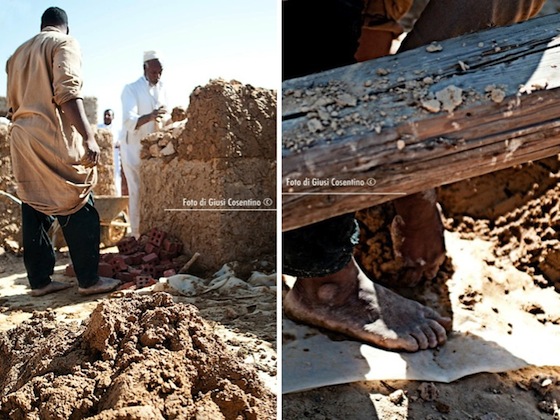
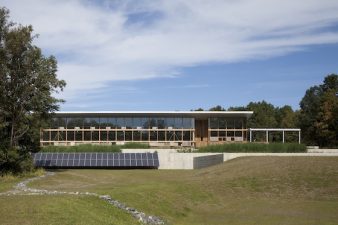
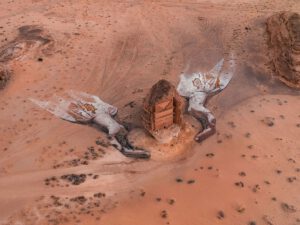
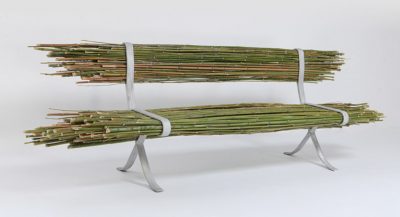
I was fortunate to live in Siwa for over a year and I have been visiting there since 1995. You can see more of the traditionally built structures including the beautiful mosque in old Shali at http://mindseyewritingandphotography.wordpress.com/siwa-oasis-photos-2/
and an eco resort inspired by this way of building at http://mindseyewritingandphotography.wordpress.com/siwa-adrere-amellal-photographs/
these buildings are definitely better adapted to the climate than more recent constructions, although they do suffer problems with water and insect erosion.
thank you for featuring Siwa in Green Prophet.